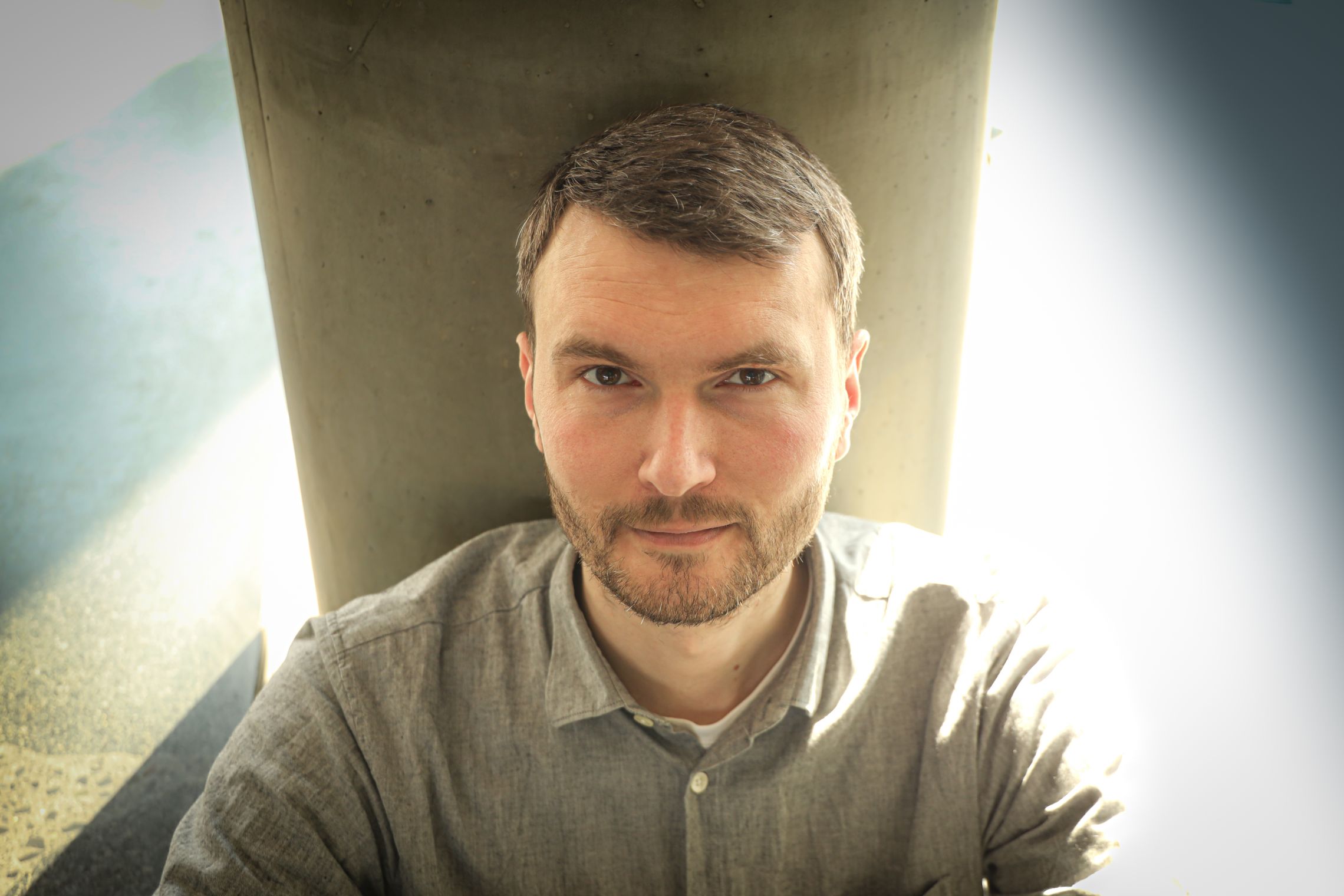Companies win by ’understanding’ the future

OPINION: Industry benefits from taking a long-term macroperspective, but research in this field is under-prioritized and often forgotten.
ResearcherZone | 12. Sep 2018
By: Henrik Johannsen Duus, Associate Professor, CBS
Imagine being able to see the future. Of course you can’t. None of us can predict the future, but under certain circumstances and using particular techniques, we can make some educated estimates.
For an economist, or more precisely a company director, investor, or an entrepreneur, this limited knowledge may be enough to earn or save money. Most actors in the marketplace operate with limited information, and so even a small amount of additional knowledge can make a difference.
A company with additional insight into the future will have far greater decision-making capabilities. It will be able to make more effective decisions regarding sales, personnel, production, research and development, implementation of new technology, purchases of goods and equipment, and investments and so on.
But how to approach these big strategic decisions?
Back to the future
Enter the field of strategic forecasting—the study of how the analysis of long-term general business conditions can be used to create innovation, strategic change, and market timing decisions in companies, taking into consideration, for example, the global economy, cultural and societal shifts, and changing industries, technology and markets.
Taking this long-term ‘birds eye view’ allows us to ignore the chaotic, short-term trends that are more difficult to predict.

For example, we can’t say much about which products a certain manufacturer will be selling in two years, but we can say something about the types of technology that will develop and influence manufacturing within the next five years.
Similarly, we can’t predict the exact interest rate or the price of a certain commodity tomorrow, but by looking at longer societal trends we can make some qualified estimates for the future. For example, will interest rates or commodity prices increase or decrease in the next year or two?
This type of information is gold for companies and society at large.
A blend of various fields
We use a principle called ‘emergence,’ which is also used in several other fields, for example the natural sciences. It means that certain properties emerge when you step back and look at the system as a whole, which you wouldn’t necessarily see by studying the individual parts. These properties can have some kind of regularity, which the smaller system components might not have.
Strategic forecasting is a cross-disciplinary research field, cutting across a number of fields in the social sciences.
It uses both quantitative and qualitative methods and should not be confused with regular forecasting. The latter is often sheer numerical analysis in individual company departments.
It should also not be confused with futures research or strategic foresight. Both are just aspects of the field.
The field is related to the market orientation perspective in marketing, but deviates by focussing on long-term general business and societal conditions rather that shorter term micro-economic conditions. It also transcends the marketing field.
In general, it directs attention to the long-term macro perspective in order to improve development and investment decisions.
Strategic forecasting is about a specific mindset
Strategic forecasting uses information from macroeconomics, futures research, industrial economics, financial market analysis, and technology and trend studies. In addition, there is a focus on the managerial implementation.
Strategic forecasting, as with many other fields, is focussed on methodology and theory, but research suggests that its use is largely a question of mindset.

Companies need to actively choose to take the long-term view on general business conditions, but this is not easy as daily activities consume attention and time.
Nevertheless, many companies are very active with strategic forecasting. In contrast to the academic world where only a few researchers work within the area.
Many large companies already use strategic forecasting
A large body of empirical research shows the distribution and application of strategic forecasting in business, much of this research having been conducted by my students.
Many large companies use strategic forecasting in one form or another, often without using the term and in a number of very different ways. For example, large companies including Siemens and Shell have used very specific strategic forecasting models to drive their development for many years.
In larger companies, strategic forecasting activities tend to be concentrated in particular departments. Trade associations also use these techniques. And there are a number of smaller consultancy and analytical companies offering these services.
Small to medium size enterprises, use strategic forecasting the least. But even here, you will find many cases of individuals that are active in the field.
There’s money to be made
And why does any of this matter? Quite simply, application of strategic forecasting holds a large, untapped potential for businesses, and society should have a clear interest in this.

Just to give a few examples:
We’ve known about regular swings in agricultural prices and production for more than a hundred years. But this knowledge is applied sporadically, despite it being able to save many farmers from economic hardship.
Car and real estate sales are deeply dependent on business cycles, which can be analysed and to some extent predicted by leading indicators. Instead, resources are often directed towards analysing short-term customer trends.
Investments in traditional media (for example print and television) are often determined by politics and nostalgia, not long-term trends in media development.
Development of new products often stand on the shoulders of long-term technological developments. But unfortunately, this knowledge in not always systematically collected, analysed, and used.
Corporate entry in foreign markets may improve if it is based more on a long-term growth analysis of the target society.
Public-private partnerships will benefit Denmark
The examples vary, but there are also some clear commonalities when you shift focus and consider the long-term overall trends and not just the short-term micro-trends.
How should we use this knowledge? The first step is to develop the field via more systematic research, which could occur by private-public partnerships.
But whether this ever becomes a reality, only time will tell.






































































































































Comments